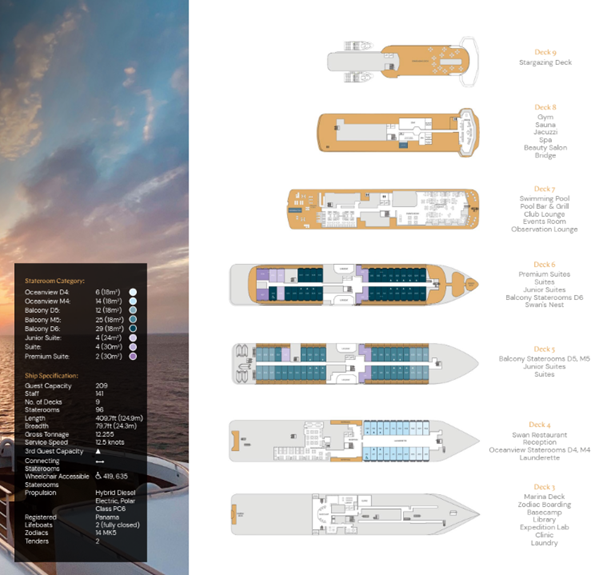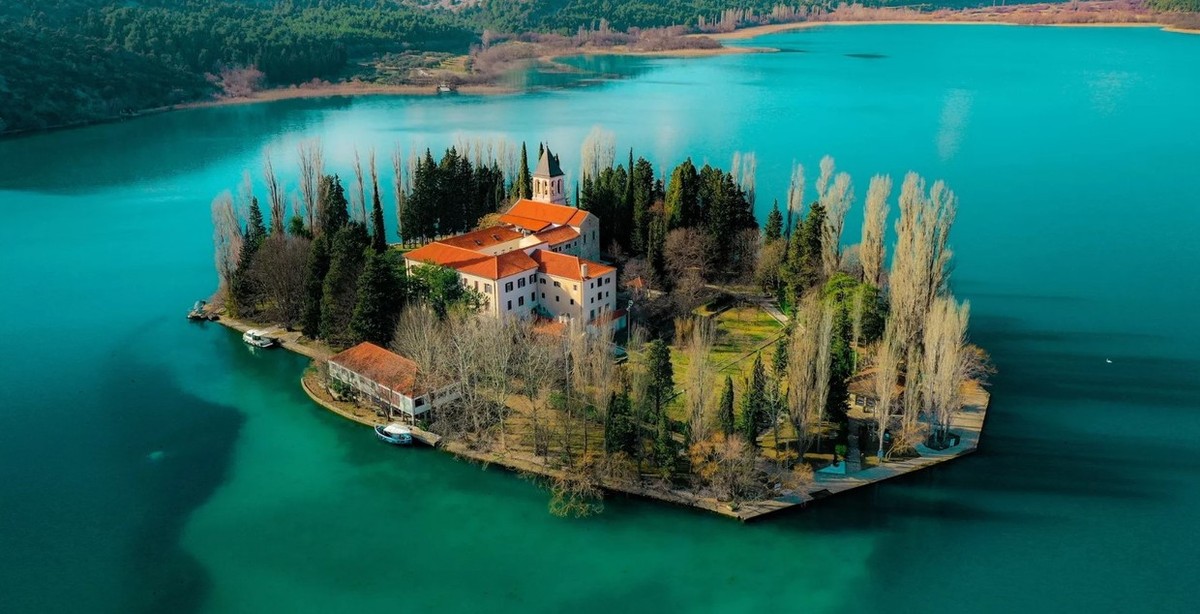
Explore diverse Mediterranean cultures from Sicily to Venice. Marvel at Sicily's ancient ruins and charming Puglia towns. Cross the Adriatic to medieval Dubrovnik, glide through Montenegro's breathtaking entrance and visit Kotor's magical Old Town. Explore Croatian coastal gems from Roman Split to chic Hvar. Tour wineries, lavender farms and olive groves, concluding in Venice, where you'll uncover the rich contrasts of Mediterranean culture.
- Palermo, Sicily: Dive into the vibrant chaos of Sicily's capital, exploring historic markets like Capo, Bollaro, and Vucciria, wandering through narrow streets to uncover hidden palaces and churches, and delving into the city's rich history at the Palazzo dei Normanni.
- Dubrovnik: Walk along the immaculate medieval city walls encircling the Old Town of Dubrovnik, marveling at the red-tiled rooftops and stunning sea views, while exploring architectural gems like the Franciscan Monastery and the Gothic-Renaissance Rector's Palace.
- Venice: Experience the enchanting allure of Venice, cruising along its iconic canals lined with Renaissance and Gothic palaces, visiting landmarks like St. Mark’s Basilica and the Doge's Palace in Piazza San Marco, and soaking in the romantic atmosphere of this unique city built on water.
Prices quoted here are often dependent on currency fluctuations. Please check with (01432 507450 or info@small-cruise-ships.com) for the very latest price, which may well be cheaper than the one advertised here.
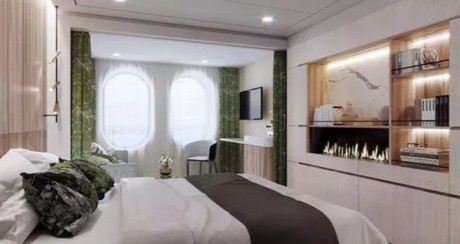

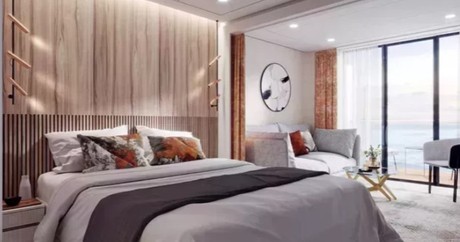
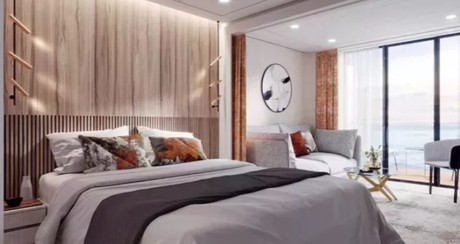

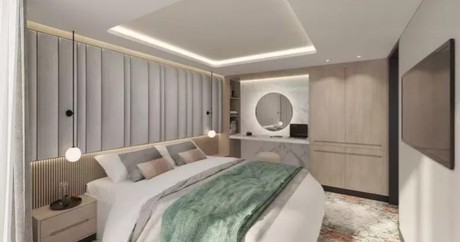
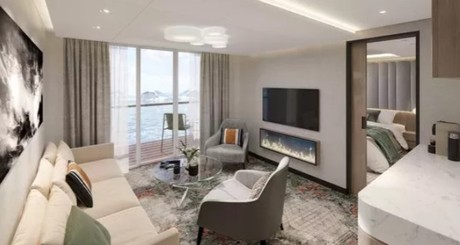
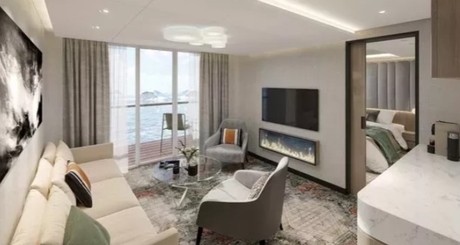
A feast for the senses, Sicily’s capital is an intoxicating and chaotic melting pot offering up centuries of history and a street food bonanza. Three bustling markets Capo, Bollaro and Vucciria await those ready to embrace Palermo for all that it offers. Narrow side streets lead to hidden palaces and churches along Via Maqueda. The Palazzo dei Normanni, once the seat of Sicilian kings during Norman rule, showcases the city’s past opulence.
The largest Aeolian Island, Lipari, has a landscape of lava quarries, shrubbery and cliffs. Lipari Town is a bustling port, its pastel buildings lining the harbour with numerous cafes and restaurants. Overlooking the harbour, the 16th-century Spanish-built fortified citadel and castle house ancient archaeological artefacts spanning thousands of years and various empires, some dating back as far as 6,000 years.
Giardini Naxos, on Sicily's east coast, is famed for ancient ruins and scenic beaches. Remnants of the Greek city of Naxos, including sacred precincts and temples, unveil its rich past. Nearby, Mount Etna stands as a reminder of nature's grandeur. Taormina, one of Italy's most beautiful cities, showcases Corso Umberto's charming streets, Viuzze's narrow lanes unveiling local handicrafts, and the Roman Theatre, a testament to ancient heritage.
Founded by Greeks and later conquered by Romans in 266 B.C., Gallipoli on the Ionic coast stands as a gem in the Salentine peninsula. Its old town sits on an island, linked by a 17th-century bridge, alongside the 14th-century Angioino Castle. Charming streets with sea-facing churches, devoted to the Virgin Mary and St. Agatha (1629-1630), make it a unique coastal town. Gallipoli also serves as the gateway to Lecce and Otranto.
Monopoli, a medieval coastal town in Puglia, sits along the Adriatic Sea. Its walled old town, a labyrinth of winding alleys and whitewashed homes, is crowned by the ornate baroque cathedral with its soaring bell tower.. Brightly painted fishing boats offer fresh seafood from the harbour, while the lungomare seaside promenade is perfect for a stroll. Nearby attractions include the renowned Castellana Caves, and underground olive oil presses.
Dubrovnik is renowned for its immaculate medieval city walls that encircle the Old Town, offering views of red-tiled rooftops and the sea. Stradun, the main street, runs through the UNESCO World Heritage site. With a harmonious blend of architectural styles, from baroque to Renaissance, highlights include the Franciscan Monastery featuring a Romanesque cloister and the Rector's Palace, a splendid example of 15th-century Gothic-Renaissance design.
Kotor sits at the end of Boka Bay, a UNESCO World Heritage site ringed by towering limestone cliffs. Its old town walls hide medieval cobblestone alleys, Romanesque churches like St. Tryphon’s Cathedral, and Kotor’s cats, said to be descendants of ancient seafaring felines. At 260m, the towering St John's Fortress overlooks town, and is accessed via a hike up 1,350 steps. Mount Lovcen looms over, accessible via serpentine road or cable car.
Gliding through the Bay of Kotor's narrow entrance is breathtaking. Ships cruise past Yugoslav submarine tunnels then the Verige, the bay's narrowest point. The island Church of Our Lady of the Rocks appears, its dome rising from the shimmering water, one of the Adriatic's most photographed sights. Perast, a postcard-perfect baroque village, comes into view with bell towers and red-roofed houses hugging the bay's edge.
Split's old town is dominated by the well-preserved Roman Emperor Diocletian's Palace, a remarkable Roman monument from the 4th century AD. The palace complex features a blend of elements from various periods, including marble halls, medieval streets, ancient cellars, Gothic palaces, Renaissance facades and the grand cathedral, originally Diocletian's mausoleum. Just beyond the palace gates, the bustling Riva promenade offers cafes and shops.
Acclaimed for its lavender, agave lacemaking, wine and olive oil, the island of Hvar holds UNESCO recognition for its contribution to the Mediterranean Diet. Velo Grablje village was once Dalmatia's hub of lavender production, earning Hvar the nickname "Lavender Island." Exploring the island's old town, Stari Grad, one of Croatia's oldest towns, reveals Venetian palaces and squares, the Cathedral of St. Stephen and Hvar Arsenal.
Rovinj old town, on Croatia's Istrian peninsula, is a picturesque maze of winding streets and pastel houses overlooked by St. Euphemia's Church. A popular destination, Rovinj's vibrant harbour is lined with seafood trattorias and bars, offering a glimpse of local culture. Southward, Lone Bay offers a pebbled beach for swimming and water sports. Offshore, the Rovinj archipelago's 14 islands feature Italianate architecture and windswept coastlines.
Venice, the capital of northern Italy’s Veneto region, is built on more than 100 small islands in a lagoon in the Adriatic Sea. It has no roads, just canals – including the Grand Canal thoroughfare – lined with Renaissance and Gothic palaces. The central square, Piazza San Marco, contains St. Mark’s Basilica, which is tiled with Byzantine mosaics, the Doge's Palace and the Campanile bell tower offering views of the city’s red roofs.
Itineraries are subject to change.
Diana
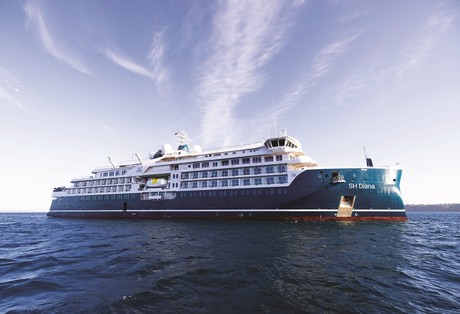
| Length | 125 metres |
|---|---|
| Launched | 2022/23 |
Launched in 2023, SH Diana provides elegant and spacious 5-star accommodation for 192 guests in 96 spacious staterooms and suites, the vast majority with large balconies. Operated by an onboard team of 140 she provides a high level of personal service, exploring the Mediterranean and its famous sites of antiquity.
Now sit back, relax and take a moment to get to know this amazing new ship, purpose-designed for our unique cultural expedition cruises.
Named after the Ancient Roman goddess of light, the moon, hunting and the wilderness, SH Diana been specially designed for worldwide cruising to explore the most inspiring and inaccessible places on earth. Building on the outstanding amenities of her sister ships, she adds a dedicated Multifunctional Room next to the Observation Lounge, a Private Dining Room for special occasions, and two tenders which bring guests a comfortable alternative to Zodiacs for expedition landings. A Polar Class 6 ice-strengthened hull combines with extra-large stabilisers to make your journey as comfortable as possible.
SH Diana has been designed for immersive experiences, with extensive outside deck areas, multiple observation points and bright, open and relaxing public spaces with unobstructed views.
The pleasure and safety of our guests is paramount at all times, cared for by our attentive crew and seasoned expedition leaders. Cutting edge hygiene technology protects the health of all on board to the highest standards and includes air conditioning with UV sanitisation systems.
SH Diana’s 96 staterooms , including 11 suites, are each a superbly comfortable home from home and all feature panoramic sea views, a flame-effect fireplace, original works of art, plush couches, premium pocket sprung mattresses, en-suite bathrooms with glass-enclosed rain showers, and Egyptian cotton towels, bathrobes and sheets. A pillow menu offers customised head and neck comfort during rest, while a large flat screen TV, espresso machine with Illy premium coffee, tea making facilities with the finest Kusmi teas, and a minibar with refreshments enhance relaxation at any time. In-room dining is of course available at all hours.
Wheelchair access
Guests who use wheelchairs must bring their own, as we have only a small number of wheelchairs stored onboard for emergencies. To ensure ease of movement on the ship, wheelchairs and mobility aids must be no wider than 65cm. All mobility or medical equipment brought on board must be capable of being carried safely and must be declared before sailing. To ensure that all guests can safely evacuate during an emergency, guests requiring a wheelchair can only be accommodated in our ADA-accessible cabins.
We offer an Oceanview and a Balcony stateroom on Diana. These staterooms are specifically designed to be completely ADA compliant and have a fully operable wheelchair-access wet unit.
Diana has two lifts, serving every passenger deck apart from the Stargazing top deck, which is, therefore, more difficult to access, as are the Aft Marina and Swan’s Nest forward observation platform. Also, we don’t have special equipment to access the swimming pool, jacuzzi, or sauna. Otherwise, the ship is entirely at your disposal.
Many of the expeditions ashore in remote places are by Zodiac. Boarding these boats and returning aboard can present challenges for wheelchair users, as can navigating uneven terrain. These challenges are by no means always insurmountable, though, and our highly experienced crew is trained to provide reliable advice and assistance. They will make every effort to ensure wheelchair-using guests enjoy a memorable experience at each destination. Our general guidance, however, is to recommend wheelchair users travel with a companion for their ease and enjoyment.
If you prefer to remain aboard, our panoramic interiors and ample open decks ensure an immersive, intimate experience of your inspiring surroundings.
